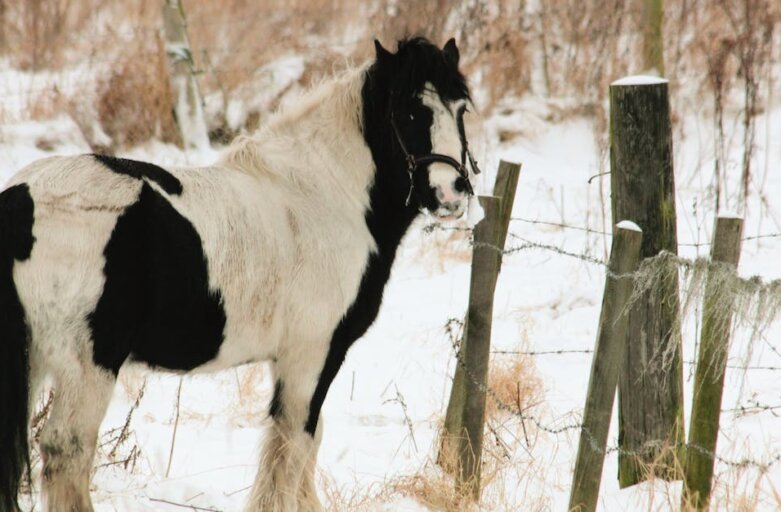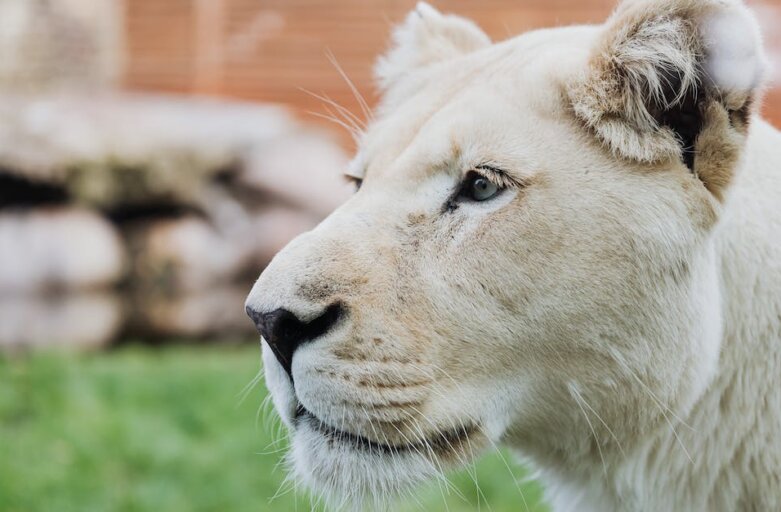Introduction
When it comes to managing wildlife or misplaced domestic animals, the principles of humane and safe animal control are crucial. Animal control is not merely about eliminating nuisance creatures from a property. It’s more about managing them in a way that shields both the animals and the people involved, fostering an environment where humans and animals can coexist peacefully. This article aims to explore the vast panorama of safe and humane animal control and provide insights into its importance today.
Understanding Humane Animal Control
Humane animal control refers to effective strategies applied to discourage animals from entering a property, capturing and relocating them, or managing their populations without causing harm or unnecessary stress. These practices ensure the animal’s welfare and natural behavior are not unduly compromised.
The focus of humane animal control expands beyond these immediate measures. It includes promotion of co-existence with animals through public education and support for policies that protect animal rights. These measures encourage respect for all living creatures while adequately addressing human-animal conflicts or concerns.
Why Safe and Humane Animal Control is Essential
Safe, respectful, and humane treatment of animals is a matter of both ethic and necessity. We live in an interconnected ecosystem where the survival and wellbeing of every species is intertwined. Improper animal control procedures can instigate numerous unintended consequences, such as disrupting local animal populations and promoting the spread of zoonotic diseases.
Moreover, inhumane methods may involve practices that cause unnecessary pain, harm or distress to animals. Such practices not only reflect poorly on our societal values but can also fuel aggression in animals, making them more dangerous or challenging to control. Implementing safe and humane animal control is, therefore, most effective and beneficial for all involved.
Safe and Humane Methods in Animal Control
Firstly, prevention is crucial for humane animal control. This tactic involves safeguarding your property so that it is less attractive to wildlife or stray domestic animals. It can include securing your garbage bins, not leaving pet food outside, or using fencing to deter certain animals.
If an animal does find its way into your property, non-lethal methods should be prioritized. Live trapping and relocation are commonly used humane techniques. However, these must be conducted by trained professionals to ensure minimal stress and harm to the animal and the safety of the people involved.
Other popular non-lethal methods include using repellents, scare devices, or exclusion and habitat modification practices.
Furthermore, in situations where overpopulation is a concern, methods such as sterilization or birth control can be applied humanely and effectively to manage populations without causing harm.
Role of Professionals in Safe and Humane Animal Control
Presence of wildlife or stray animals is not always a problem, but when it becomes one due to threats to human safety, property, or the wellbeing of the animals themselves, professional animal control services come into play. A trained and licensed professional has the necessary knowledge and experience to assess the situation, identify the species involved, and apply appropriate humane control methods.
The professionals ensure that animal control is not just about removal but is also centered on managing potential future conflicts. They can provide guidance on making human environment less inviting to wildlife or stray animals, mitigating recurrences. They educate communities about wildlife behavior and ways to live harmoniously with animals, emphasizing compassion and respect for all species.
Conclusion
Safe and humane animal control is about nurturing a balance where humans respect and appreciate the right of animals to coexist. It involves prevention, non-lethal control methods, and fostering understanding and compassion for animals while still safeguarding human interests.
Public awareness, legislation, and professional animal control services all play a role in promoting safe and humane animal control. Co-existence is not just about comfortably sharing a physical space. It’s about fostering empathy and understanding for our fellow beings, celebrating their intrinsic value, and realizing our responsibility towards them in our shared ecosystem.
With raised awareness and diligence, we can make safe and humane animal control the norm in our societies, securing a better future for all inhabitants of our shared planet.









